Pali-English Dictionary
₹1,395.00
In stock
Too Good to Resist Sale is Live BUY AND SAVE NOW
The merits and demerits of the work will be sufficiently plain even from the first fasciculus.
But one or two remarks are necessary to make the position of my colleague and myself clear.
We have given throughout the Sanskrit roots corresponding to the Pali roots, and have omitted the latter. It may be objected that this is a strange method to use in a Pali dictionary, especially
as the vernacular on which Pali is based had never passed through the stage of Sanskrit. That may be so; and it may not be possible, historically, that any Pali word in the canon could have been actually derived from the corresponding Sanskrit word. Nevertheless the Sanskrit form, though arisen quite independently, may throw light upon the Pali form; and as Pali roots have not yet been adequately studied in Europe, the plan adopted will probably, at least for the present, be more useful.
Still, the work is essentially preliminary. There is a large number of words of which we do not know the derivation. There is a still larger number of which the derivation does not give the meaning, but rather the reverse. It is so in every living language. Who could guess, from the derivation, the complicated meaning of such words as ñconscienceî, ñemotionî, ñdispositionî?
The derivation would be as likely to mislead as to guide. We have made much progress since then.
As the Pali Text Society began issuing editons and translations of the Pali Canon and Commentaries in quick succession, Rhys Davids conceived the idea of the compilation of an exhaustive dictionary of Pali, based on the voluminous basic material that was being brought to light. the work took more than twenty years of devoted labour but before his death in 1922, Rhys Davids had the satisfaction of seeing its first volume published. In four volumes issued over 1921-25 the Dictionary contains every Pali word with its sanskrit root identified and meanings given in english. Carrying over 1,50,000 textual references, the work holds the field, even today, as the best Pali-English Dictionary.
Review(s)
About the Author(s)
Thomas William Rhys Davids (1843-1922) was the foremost and most exponent of the study of Pali and Buddhism in England. Rhys Davids studied Sanskrit at Breslau under Stenzler.
In 1882 he was appointed Professor of Pali in the University College, London. He was the Founder-Chairman of the Pali Text Society (1881), through which, by the time he passed away at the age of 80, he had published most of the basic texts and commentaries in Pali Buddhism, in about 25,000 pages.
Rhys Davids played an active part in founding, in 1902, the British Academy, and later the School of Oriental Studies, London. He was also the President of the India Society from its inception in 1910 till his death in 1992.
Additional information
| Weight | 0.5 kg |
|---|---|
| Dimensions | 10 × 11 × 12 cm |
| Book Author | T. W. Rhys Davids, William Stede |
You must be logged in to post a review.
-
₹395.00
-
₹795.00
-

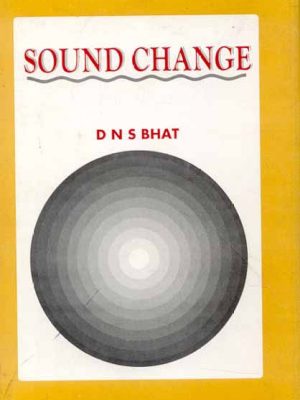

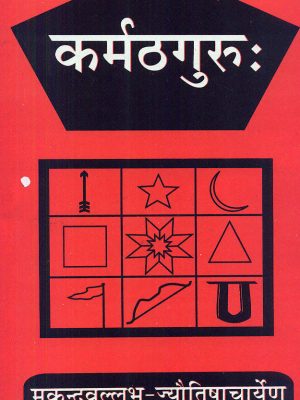

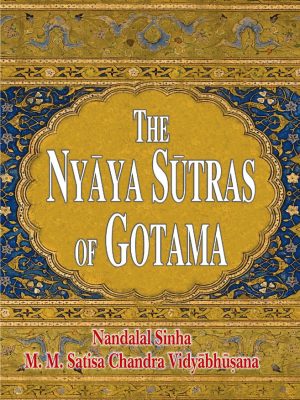
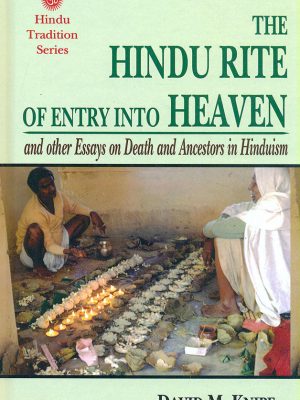
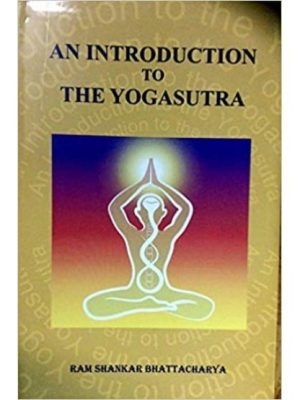


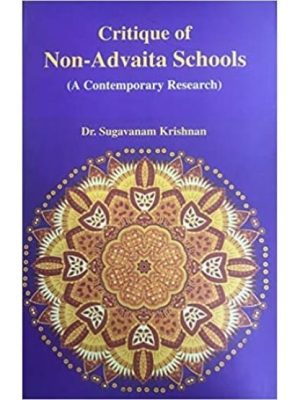
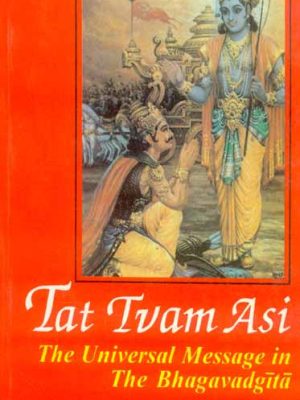

Reviews
There are no reviews yet.